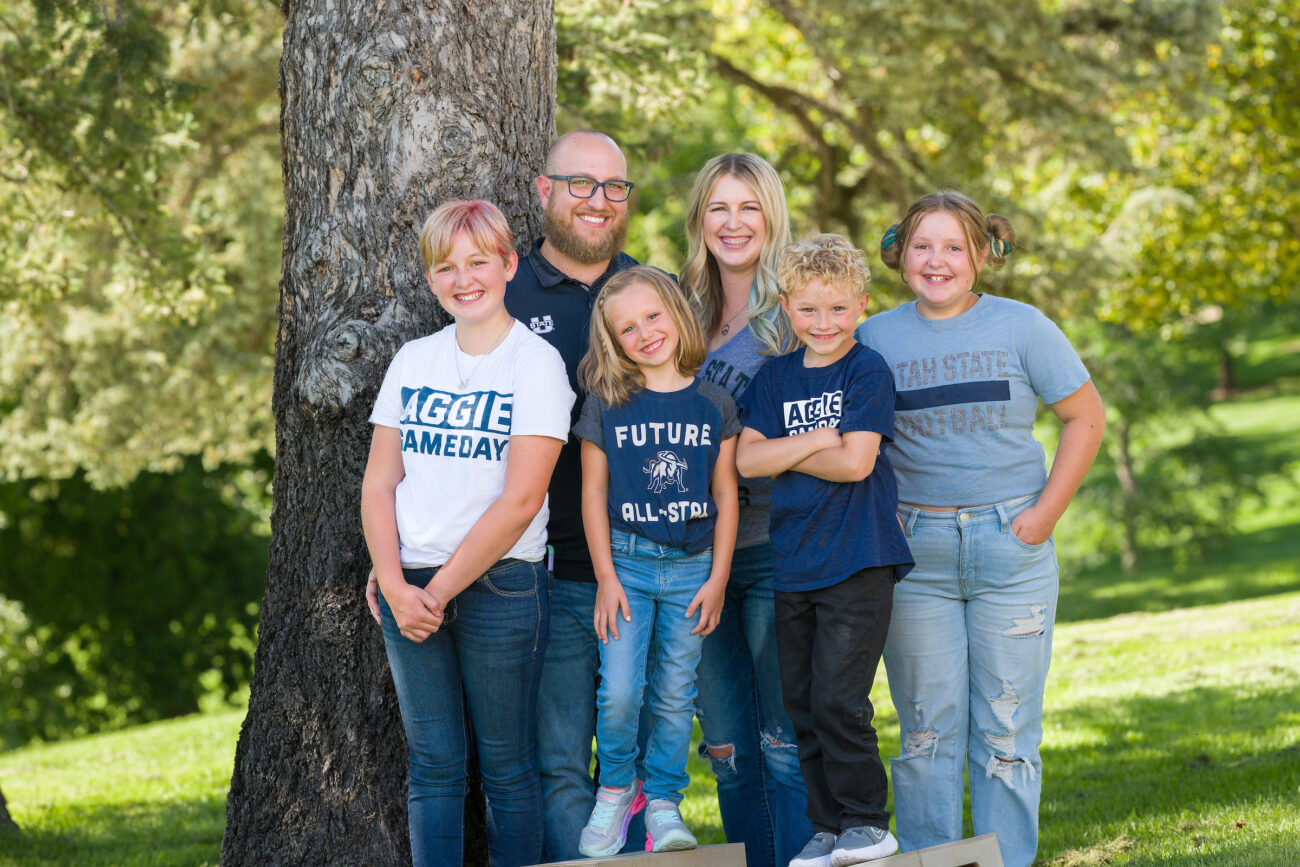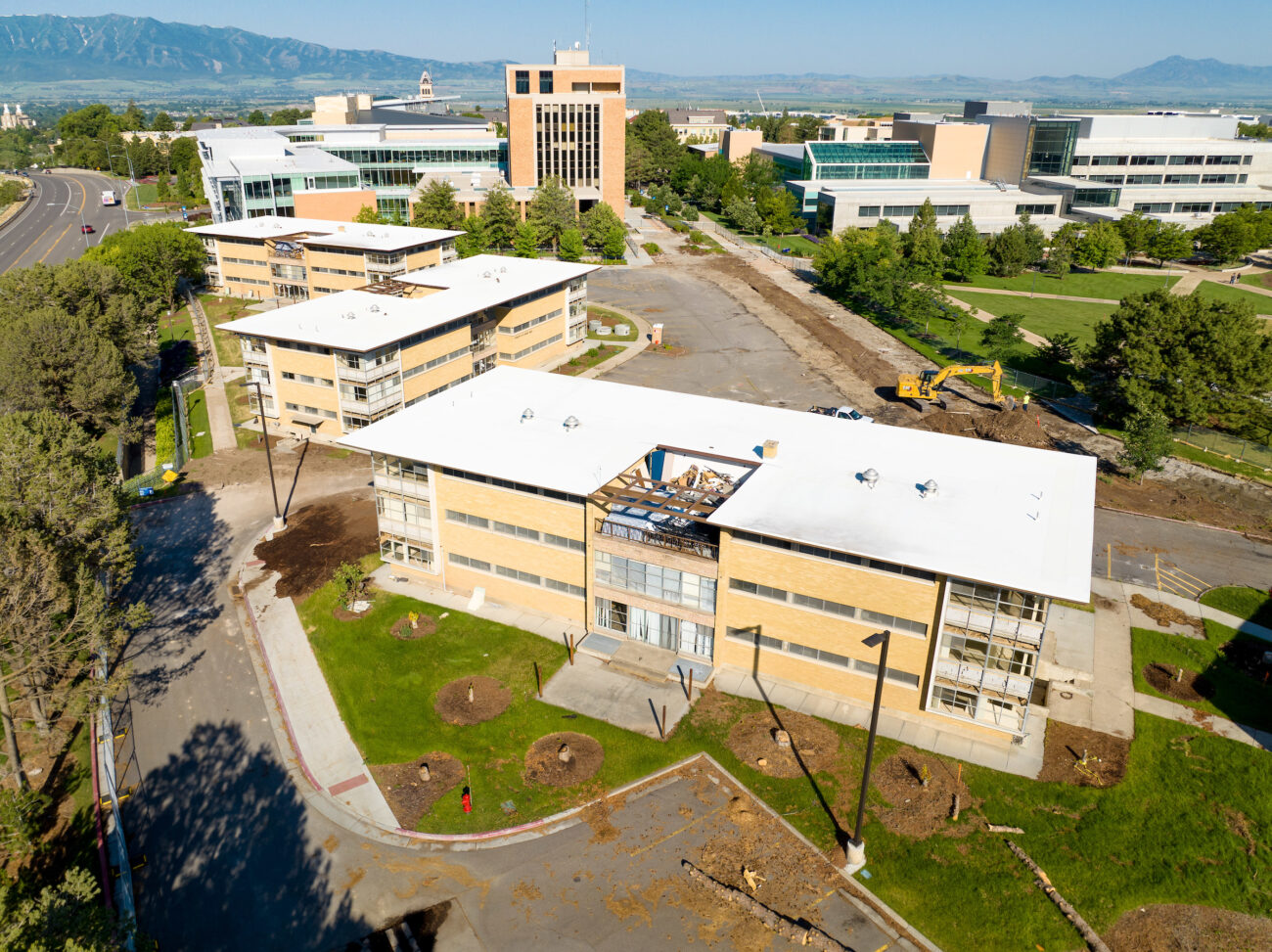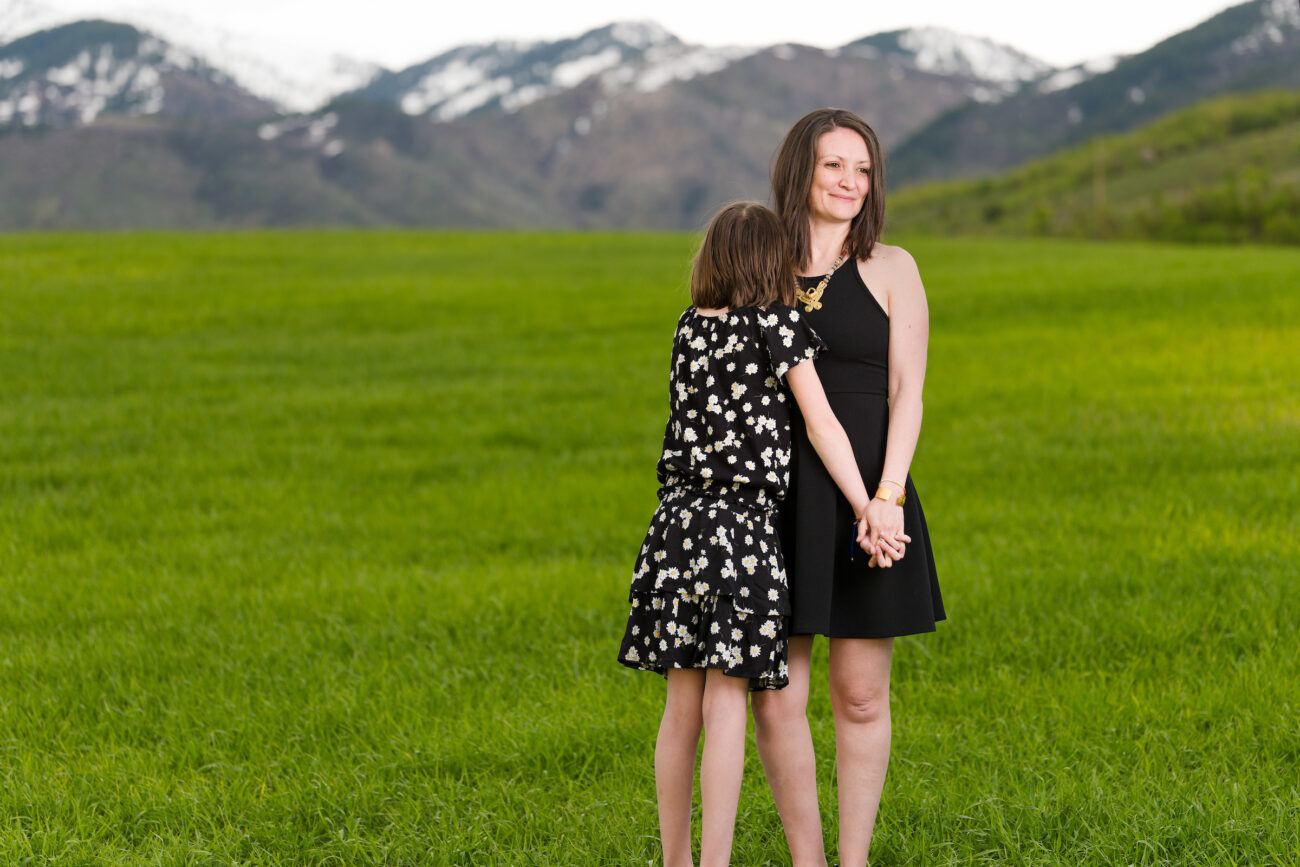Building a sense of belonging
Our cover story “Breaking Through” was first conceived as part of the university’s Year of the Woman campaign in 2020, which honored the individuals who fought for suffrage and blazed new paths for women at Utah State University.
The idea was to highlight the long and uncertain path to securing the right to vote for women, as well as to acknowledge the groups left behind when the 19th Amendment was ratified—namely, African Americans, who may have had the right to vote, but due to Jim Crow era restrictions in parts of the country, that right was often in name only.
We wanted to understand the university’s own history of racism. In “Breaking Through,” our senior writer Jeff Hunter ’96 traced the path starting with Mignon Barker Richmond—the first African American to graduate from college in Utah. She was the daughter of a British woman and an escaped slave who fought in the Union Army. Richmond graduated from the Utah Agricultural College a century ago in, 1921, despite racist faculty members belittling her, and then spent decades trying to secure professional work in her field. In 1948, Mignon started the school lunch program for Stewart School at the University of Utah. Then in 1957, she was hired as director of the YWCA Food Services program in Salt Lake City.
That same year the first African American basketball player is believed to have enrolled at Utah State. Recruiting efforts by the university’s athletic department brought the next wave of African Americans to Utah State in the late ’50s and ’60s. And they didn’t always find it a welcoming place.
Hunter’s interviews snowballed as he talked to numerous former athletes and African American alumni from the civil rights era, and our publishing plans changed as 2020 unfolded. It was a year that rocked our country, revealing the deep and wide chasms across our nation. A deadly pandemic that disproportionately affected communities of color in the United States was just one of the ills. The murder of several unarmed Black people at the hands of police, as well as racist vigilantes who shot Ahmaud Arbery in the middle of a jog in Glynn County, Georgia, prompted a summer of protests that made us continue our reporting as the landscape changed. It’s still changing.
For the first time our publication enlisted a sensitivity reader to hold us accountable for any unintentional biases and prevent further harm to a community that has endured centuries of trauma. We built this issue around the theme of belonging to raise the voices of people who don’t always get featured in our storytelling. We will work to include more voices and diverse perspectives in Utah State. Because as history shows, we must do better.





